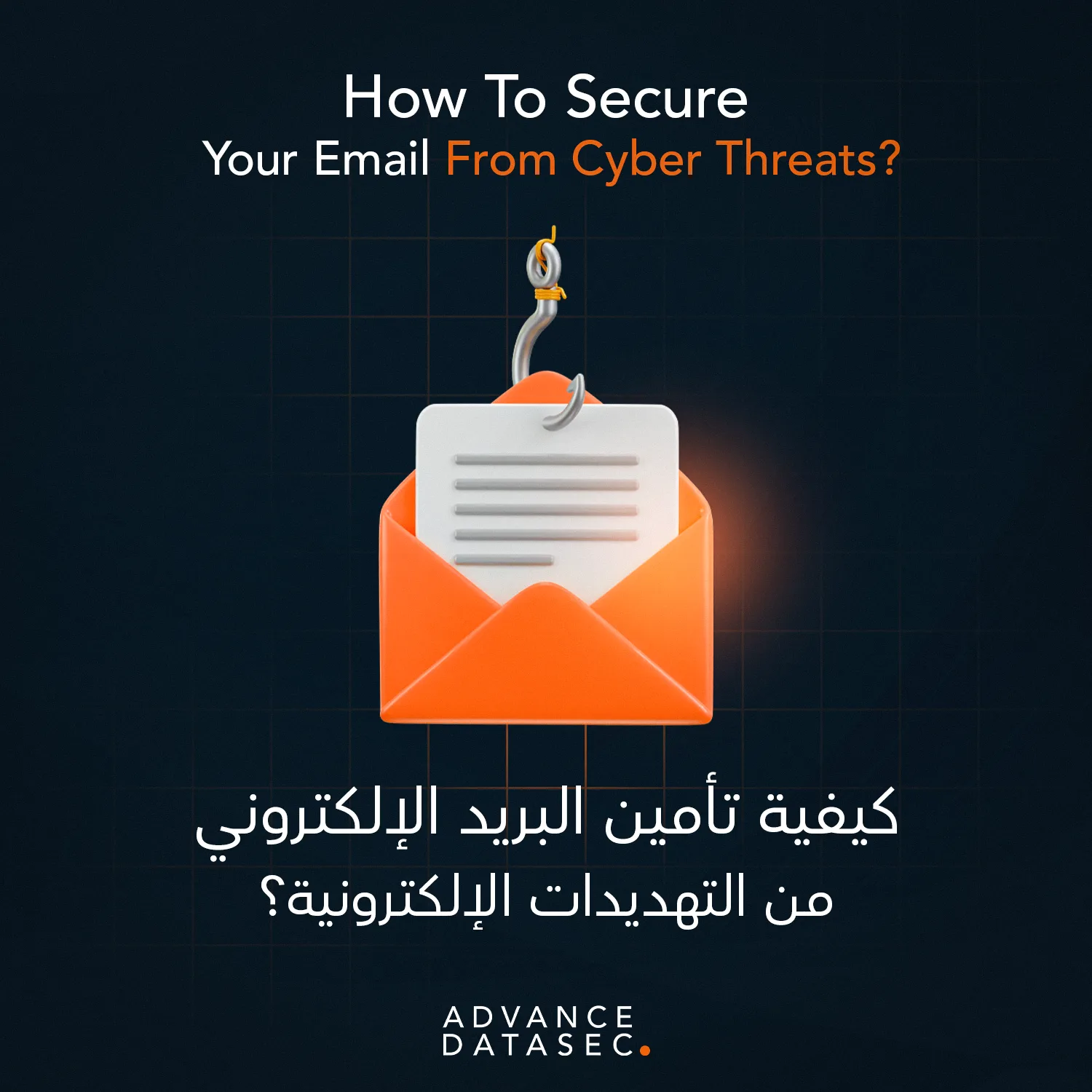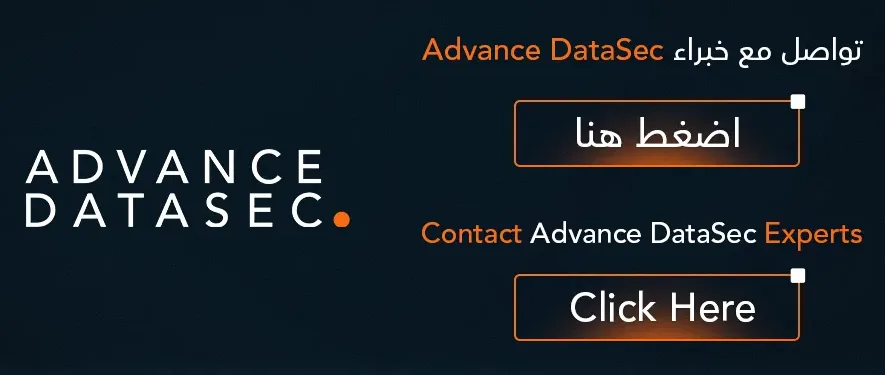In today’s interconnected world, email is more than just a communication tool; it’s a digital passport, a repository of personal and professional information, and a primary target for cybercriminals. With a constant barrage of phishing attempts, malware, and data breaches, understanding how to secure your email has never been more critical. This guide, brought to you with the insights of cybersecurity experts like Advance Datasec, will walk you through the essential steps to fortify your inbox and protect your digital life.
The Cyber Threat Landscape: Why Email Is a Prime Target
Every day, countless emails are sent and received, making email a massive attack vector. Cybercriminals exploit human psychology through social engineering tactics, creating deceptive emails that trick users into revealing sensitive information, downloading malicious attachments, or clicking on harmful links. The consequences can be devastating, ranging from identity theft and financial loss to corporate data breaches and reputational damage. This is why learning how to secure your email is the first line of defense for individuals and businesses alike.
Essential Strategies to Secure Your Email Account
1. The Power of a Strong Password
Your password is the first gatekeeper of your email account. A weak password is like leaving the front door unlocked. To create a strong password, use a combination of uppercase and lowercase letters, numbers, and special characters. Avoid using easily guessable information like your name, birthdate, or “password123.” For an added layer of security, use a password manager to generate and store unique, complex passwords for all your online accounts.
2. Enable Two-Factor Authentication (2FA)
Two-Factor Authentication, or 2FA, is a game-changer in email security. It requires a second form of verification in addition to your password, such as a code sent to your phone or a biometric scan. Even if a cybercriminal manages to steal your password, they won’t be able to access your account without this second factor. Almost all major email providers offer 2FA, and enabling it is a simple yet incredibly effective step in learning how to secure your email.
3. Spotting and Avoiding Phishing Scams
Phishing is one of the most common and dangerous cyber threats. Phishing emails often impersonate trusted senders like banks, social media platforms, or even colleagues. Look for red flags such as generic greetings, grammatical errors, a sense of urgency, or suspicious links. Always hover over a link before clicking to see the true destination URL, and never download an attachment from an unknown sender. By being vigilant, you significantly reduce your risk of falling victim to a scam.
4. Encrypting Your Email Communications
For those who handle highly sensitive information, encryption is a vital layer of protection. Email encryption scrambles your message, making it unreadable to anyone other than the intended recipient. Several tools and services are available that integrate with popular email clients, offering end-to-end encryption. This ensures that even if a message is intercepted, its contents remain secure, a crucial aspect of understanding how to secure your email for confidential communication.
5. Using a Virtual Private Network (VPN)
When accessing your email on public Wi-Fi networks (e.g., in coffee shops or airports), your data is vulnerable to interception. A Virtual Private Network (VPN) creates a secure, encrypted tunnel for your internet traffic. This hides your IP address and prevents eavesdroppers from monitoring your online activity, including your email communications. Using a VPN is a simple practice that adds a significant layer of security to your browsing habits.
6. Keep Your Software and Devices Updated
Outdated software is a cybersecurity professional’s nightmare. Operating systems, web browsers, and email clients often release updates to patch security vulnerabilities. Procrastinating on these updates leaves you exposed. Regularly updating your devices is a fundamental step in maintaining a secure digital environment and a key part of the answer to how to secure your email against new threats.
Advanced Email Security Measures for Businesses
While the above steps are essential for everyone, businesses require more robust solutions. Companies like Advance Datasec specialize in providing comprehensive cybersecurity services, including:
- Email Security Gateways: These advanced gateways scan incoming and outgoing emails for malicious content, spam, and viruses before they ever reach an employee’s inbox.
- Endpoint Detection & Response (EDR): EDR solutions monitor and respond to threats on an organization’s endpoints, including email clients.
- Security Awareness Training: Educating employees on how to identify and report cyber threats is one of the most effective ways to prevent attacks.
Conclusion: Taking Control of Your Digital Security
Securing your email is not a one-time task; it’s an ongoing commitment. By adopting these practices—using strong passwords, enabling 2FA, staying vigilant against phishing, and keeping your software updated—you can significantly reduce your vulnerability to cyber threats. Remember, your email is a valuable asset, and protecting it is an investment in your personal and professional well-being.
Take charge of your digital security today. For more advanced solutions and professional consultation, consider reaching out to a cybersecurity expert. Start your journey toward a safer digital future now!
For more articles:



